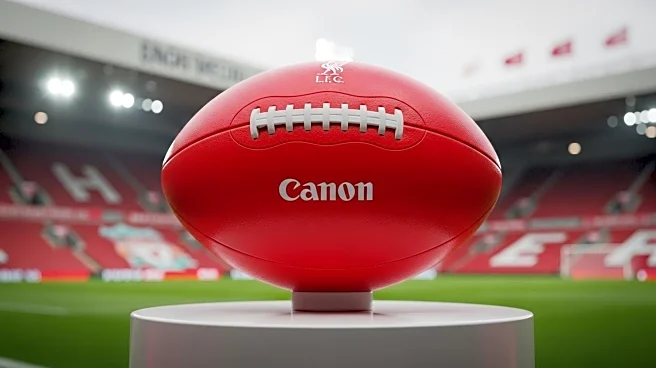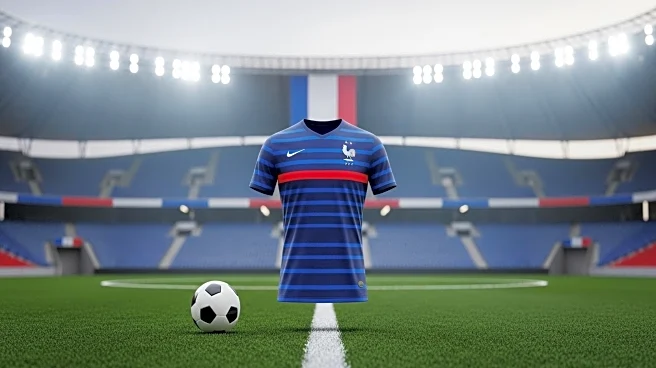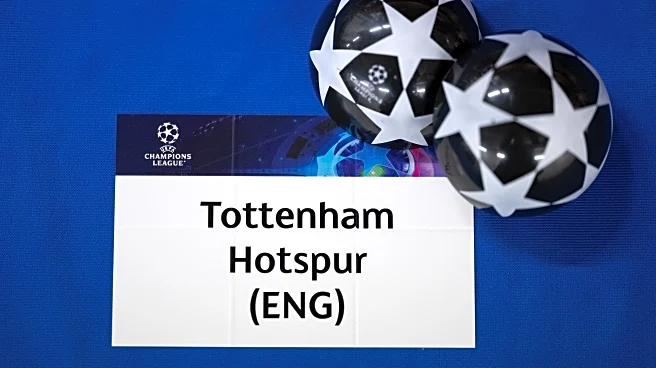Rapid Read • 8 min read
The UEFA Champions League draw for the 2025-26 league phase is scheduled to take place on August 28 in Monaco. This event will determine the placement of 36 participating teams into four pots based on their UEFA rankings. Each team will play eight matches, four at home and four away, against opponents from the other three pots. The top eight teams will automatically advance to the round of 16, while the next eight will compete in a playoff to secure the remaining spots in the knockout stage. This marks the second year of UEFA's adoption of the 'Swiss model,' which replaces the traditional group stage format.
AD
The adoption of the 'Swiss model' in the UEFA Champions League represents a significant shift in the tournament's structure, aiming to increase competitiveness and engagement. This format allows for more matches and potentially more revenue for clubs and broadcasters. However, it has faced criticism for potentially favoring established clubs, making it harder for underdogs to progress. The model's success or failure could influence future decisions in European football tournaments, impacting clubs financially and strategically.
The league phase of the Champions League will commence on September 16 and conclude on January 28. Following this, the playoffs are scheduled for February 17/18 and 24/25, leading into the round of 16 in March. Stakeholders, including clubs and broadcasters, will closely monitor the effectiveness of the 'Swiss model' in terms of audience engagement and financial returns. Adjustments to the format may be considered based on feedback and outcomes from this season.
The 'Swiss model' could have long-term implications for the structure of European football competitions. It may influence how other tournaments are organized, potentially leading to a more standardized approach across different leagues. Additionally, the model's impact on smaller clubs and their ability to compete at higher levels could affect the overall balance and diversity within European football.
AD
More Stories You Might Enjoy











